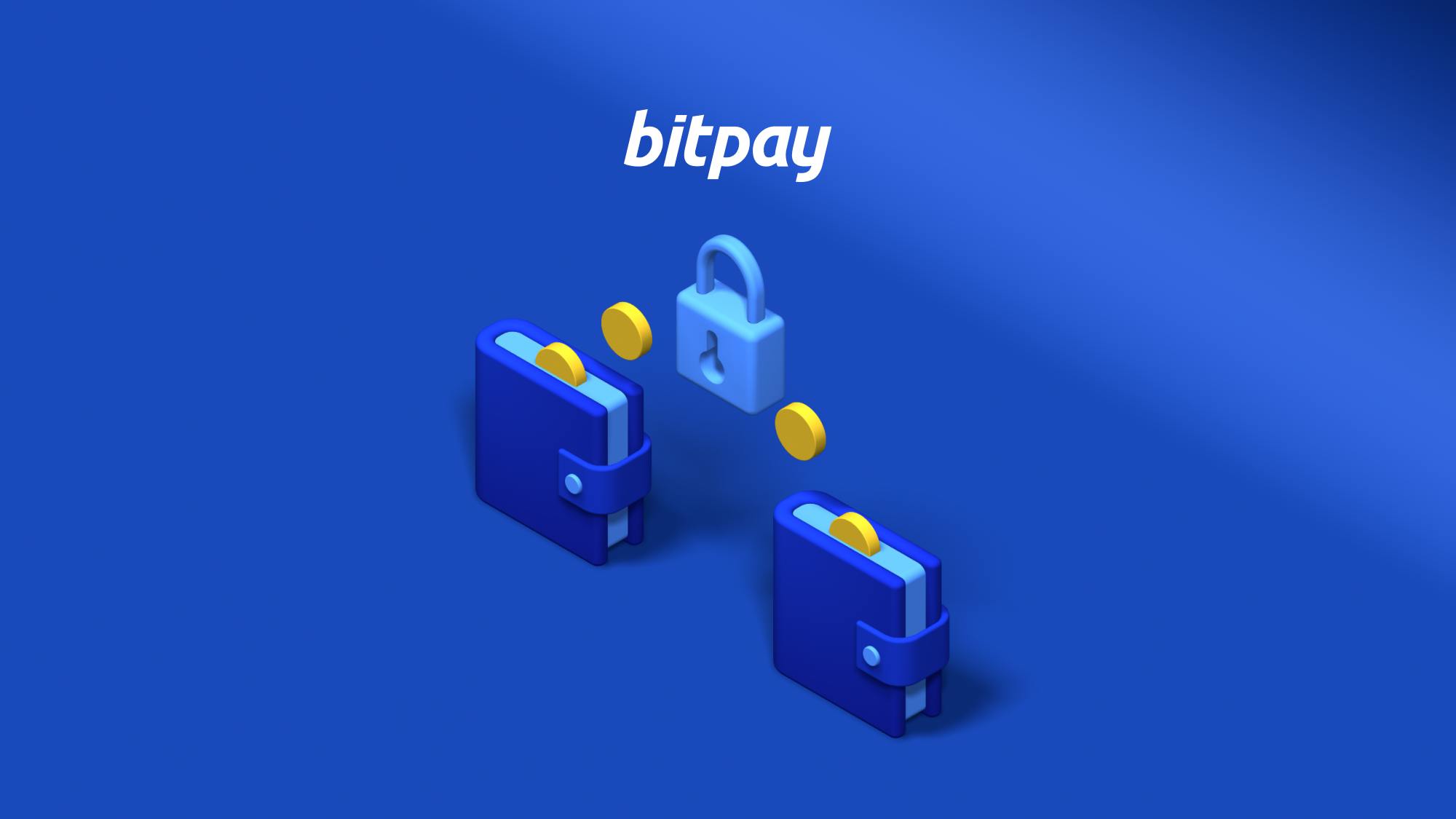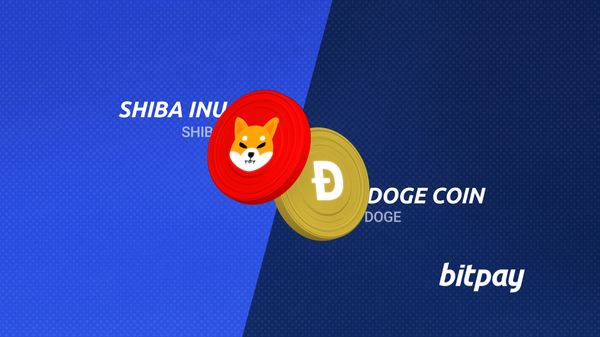In the world of digital finance, cryptocurrencies like Bitcoin and Ethereum have revolutionized the way we transact and store value. Sending cryptocurrency payments from one wallet to another has become a fundamental aspect of this decentralized ecosystem. In this article, we delve into the seamless process of sending Bitcoin, Ethereum and other cryptocurrencies between wallets, exploring essential steps and security considerations for smooth and secure transactions.
How to Send Crypto to Another Wallet
Step 1: Use a trusted wallet

The first step is to use an established, trusted wallet provider. Read reviews, ask friends for wallet recommendations and test out multiple wallets with small transactions if possible. Even if you already have a wallet, it is perfectly acceptable to use multiple wallets to store and transact with crypto (in fact, it's recommended). Once you’ve found the right wallet, select the “Send” option.
BitPay has been in the cryptocurrency industry since 2011 and is one of the most trusted self-custody wallets available. As an open-source wallet with easy-to-use UI and advanced features, it’s fit for crypto newcomers and advanced users alike.
Take control of your crypto
Step 2: Choose your wallet and cryptocurrency
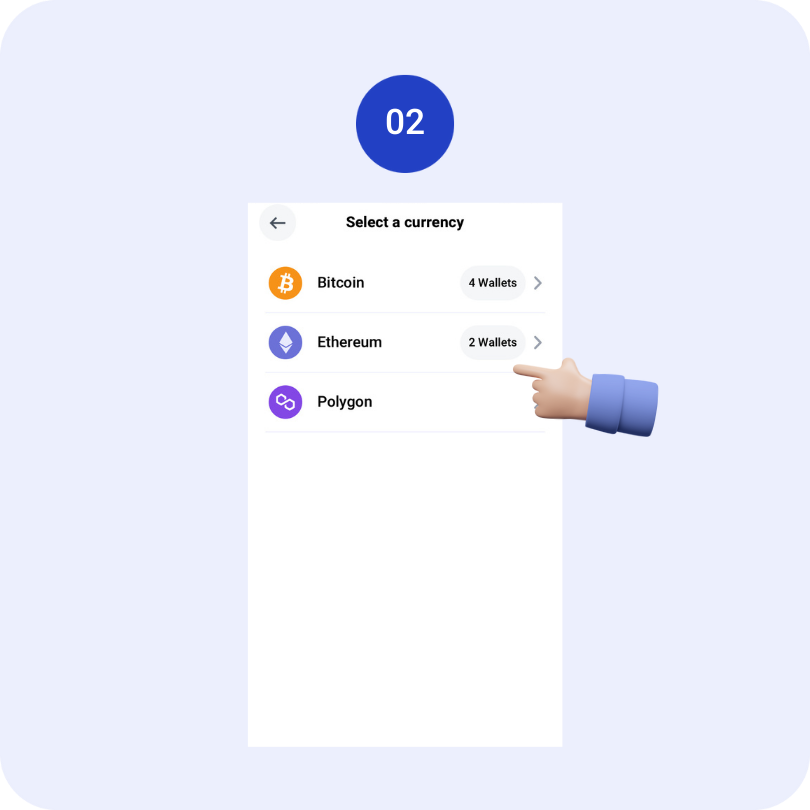
Choose the cryptocurrency you’d like to send and select the wallet from which you want to send funds.
Step 3: Enter the recipients wallet address

Crypto wallet addresses are long and complicated. For this reason, BitPay gives you multiple options to find, save and input wallet addresses:
- Copy and paste addresses from other applications
- Scan QR codes, including those created by other wallets providers
- Save addresses and create contacts, especially helpful for recurring payments
- Send crypto to email addresses (only compatible with other BitPay Wallet users with registered emails)
Remember, not all cryptocurrencies are the same. If you want to send Bitcoin to someone, you need to send it to their Bitcoin wallet address. Likewise for sending Ether (Ethereum), Litecoin, Bitcoin Cash, Dogecoin, and any other cryptocurrency that runs on its own blockchain. Read more about wallet addresses.
Step 4: Input the amount you’d like to send
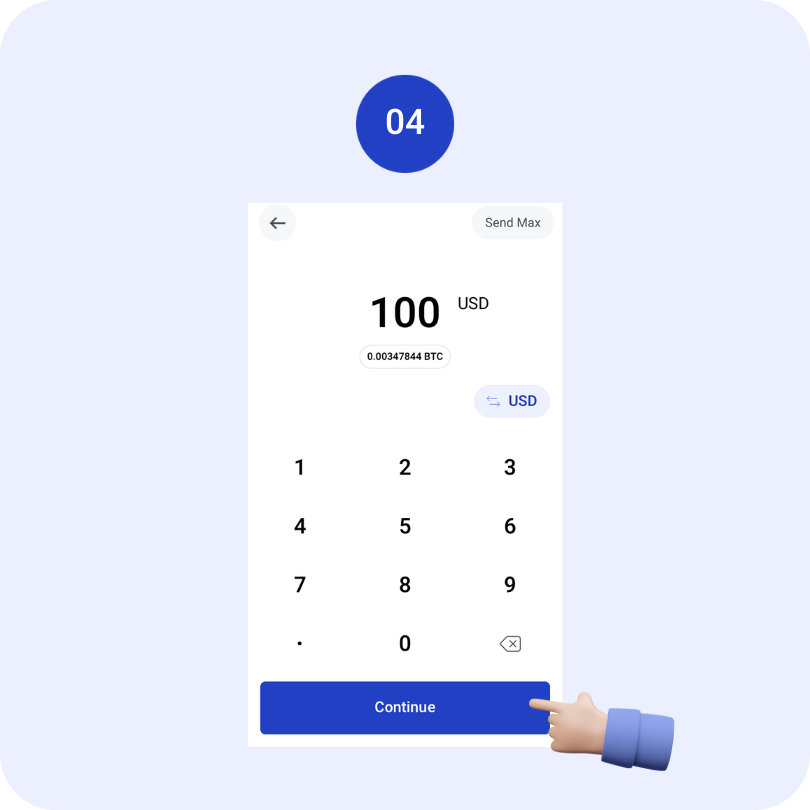
Enter the payable amount in either cryptocurrency or fiat currency.
Step 5: Review payment details

Before confirming the transaction, review all details carefully. Is the amount correct? Is the address correct? Crypto transactions are irreversible, so sending a payment to the wrong wallet could mean those funds are gone forever.
Step 6: Send the transaction
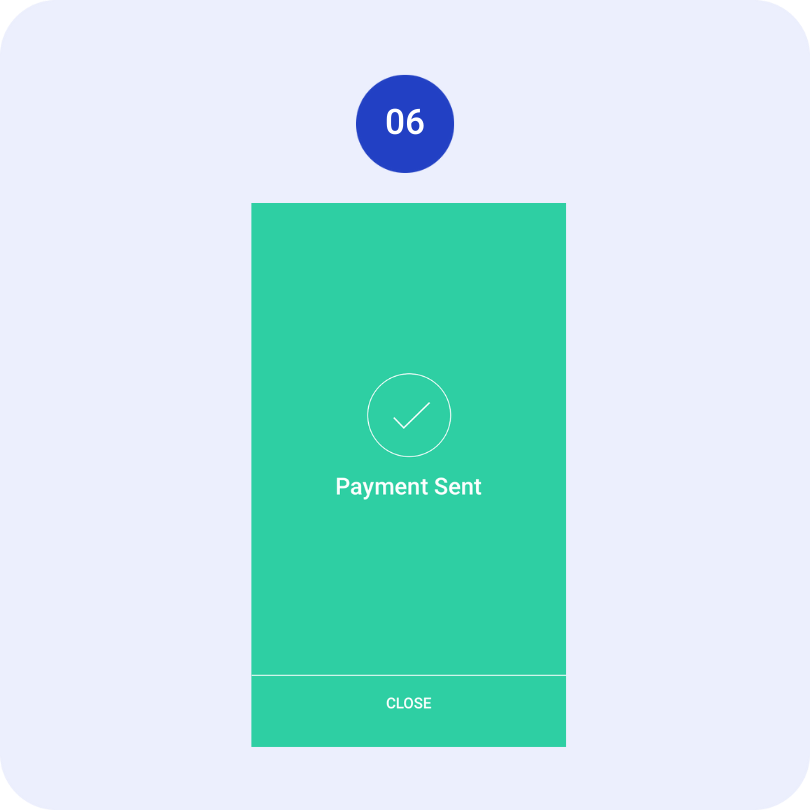
Once you’ve reviewed and confirmed the transaction details, send the transaction. Validators on the blockchain still need to confirm the transaction, so funds may not be immediately available. Confirmation time can vary based on network congestion, your transaction’s priority and the cryptocurrency used.
Related: How to Securely Receive Bitocin & Crypto Payments
Tips to sending crypto from one wallet to another
Send test transactions using small amounts of crypto
Whether you’re testing out a new wallet or sending to a new friend, sending small amounts of crypto before a larger transaction gives you peace of mind that you’ve got the wallet address absolutely correct and the wallets work as expected.
Make faster payments by saving contacts
The BitPay Wallet allows you to save addresses and add contacts to your wallet. Instead of manually entering the address every time, simply select the recipient from your contacts list and send the transaction.
Send payments during low-congestion hours
High network usage results in longer confirmation times and higher fees. Send payments during off peak hours (usually on the weekends or when North Americans are sleeping) to save money. Read more about saving on crypto transaction fees and Ethereum gas fees.
Use a variety of coins to lower transaction fees
Blockchain payments have come a long way since the first Bitcoin transaction was made. Newer coins and networks can make it even cheaper to send payments. Utilize alternative coins like Litecoin or Bitcoin Cash, in addition to Layer-2 solutions and side chains like the Lightning Network or Polygon, to make cheap, efficient payments between wallets.
Use a multisig wallet
Multisignature wallets, also known as multisig wallets, offer an additional layer of security by necessitating two or more private keys to authorize a transaction, effectively safeguarding against hackers and thieves. These wallets are also useful in operational situations to ensure all parties are aligned with payments being made.
Adjust network priority to speed up the transaction or save on fees
Many wallets, including the BitPay Wallet, give payers the ability to adjust network fees. To make sure your transaction is confirmed as fast as possible, increase network fees. If you’d like to save money and can wait for your transaction, lower your fees.
